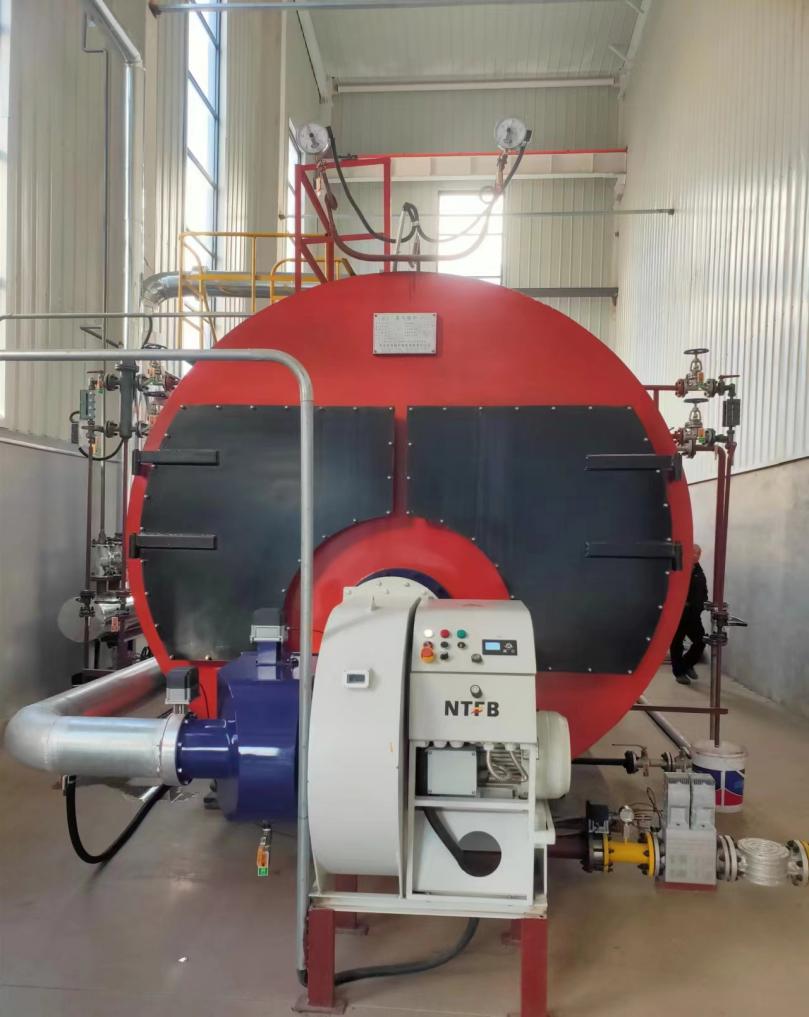
Feb . 06, 2025 05:31 Back to list
Biomass fired steam boiler
Draining a steam boiler is a critical maintenance task that ensures the efficient and safe operation of your heating system. Proper maintenance not only extends the lifespan of your boiler but also ensures it operates at optimal performance, saving energy and preventing potential hazards. This guide is based on years of experience in HVAC maintenance, offering you expert advice to handle this task with confidence and authority.
Close the drain valve tightly once the boiler is completely drained. This prevents any potential leaks when the system is refilled. Refill the boiler with fresh water, making sure to bleed any trapped air by keeping the relief valve open until you see no more air bubbles emerging. It's crucial to maintain the correct water levels as outlined in your boiler's manual to avoid pressure issues once the system is operational again. Turn the power supply back on and relight the pilot, if applicable, following the manufacturer's instructions. Carefully observe the boiler for any signs of malfunction, such as unusual noises or leaks. Such symptoms could indicate improper draining or residual air in the system, necessitating further investigation or professional assistance. To solidify your boiler maintenance routine, consider scheduling regular drainage and inspection sessions, as recommended by the boiler’s manufacturer. Regular maintenance such as this reduces the risk of buildup, corrosion, and other forms of wear and tear. It also assures you that your boiler is functioning within safety parameters, providing peace of mind alongside efficient heating. In conclusion, routine maintenance, including draining your steam boiler, is a small task that plays a monumental role in the longevity and effectiveness of your heating system. Implementing these steps ensures that your boiler operates safely and efficiently, preserving your investment and maintaining the safety of your home environment. Always refer to the boiler's manual for specifications unique to your model and consult a professional when in doubt.

Close the drain valve tightly once the boiler is completely drained. This prevents any potential leaks when the system is refilled. Refill the boiler with fresh water, making sure to bleed any trapped air by keeping the relief valve open until you see no more air bubbles emerging. It's crucial to maintain the correct water levels as outlined in your boiler's manual to avoid pressure issues once the system is operational again. Turn the power supply back on and relight the pilot, if applicable, following the manufacturer's instructions. Carefully observe the boiler for any signs of malfunction, such as unusual noises or leaks. Such symptoms could indicate improper draining or residual air in the system, necessitating further investigation or professional assistance. To solidify your boiler maintenance routine, consider scheduling regular drainage and inspection sessions, as recommended by the boiler’s manufacturer. Regular maintenance such as this reduces the risk of buildup, corrosion, and other forms of wear and tear. It also assures you that your boiler is functioning within safety parameters, providing peace of mind alongside efficient heating. In conclusion, routine maintenance, including draining your steam boiler, is a small task that plays a monumental role in the longevity and effectiveness of your heating system. Implementing these steps ensures that your boiler operates safely and efficiently, preserving your investment and maintaining the safety of your home environment. Always refer to the boiler's manual for specifications unique to your model and consult a professional when in doubt.
Share
Latest News
-
High-Efficiency Commercial Oil Fired Steam Boiler for Industry
NewsJul.30,2025
-
High-Efficiency Biomass Fired Thermal Oil Boiler Solutions
NewsJul.30,2025
-
High Efficiency Gas Fired Thermal Oil Boiler for Industrial Heating
NewsJul.29,2025
-
High-Efficiency Gas Fired Hot Water Boiler for Sale – Reliable & Affordable
NewsJul.29,2025
-
High Efficiency Biomass Fired Hot Water Boiler for Industrial and Commercial Use
NewsJul.29,2025
-
High-Efficiency Biomass Fired Hot Water Boiler for Industrial Use
NewsJul.28,2025
Related PRODUCTS
Copyright © 2025 HEBEI HONGZE BOILER MANUFACTURING CO., LTD. All Rights Reserved. Sitemap | Privacy Policy























